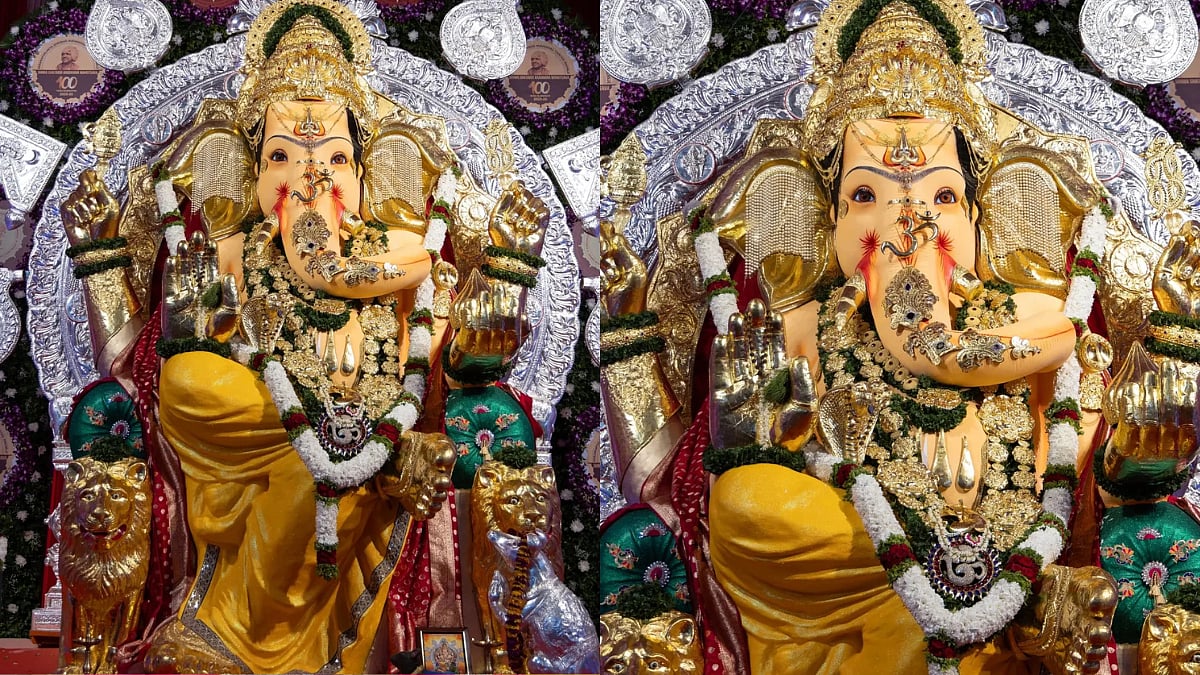Imagine you're in a thrilling game of chess with a friend. You bring all your pieces to the centre, threaten to capture the opponent's piece with a knight fork, and even create checkmate ideas by forming a battery with your Queen and Bishop. Alas, your friend staunchly defends all the threats and offers you a Queen trade, which you are forced to take. Then a few more pawns and pieces get exchanged, and you both are left with minimal material on the board. How do you proceed from here? Are there no checkmate ideas left anymore?
White to play and Checkmate in 1 move
In the diagram position, White has only a Bishop and a King on the board, while Black has a Bishop, a pawn, and a King. However, White is winning in this exact position with the move 1. Bc6, delivering an immediate Checkmate! Why does this idea work?
Factors that lead Black into a Checkmate
The Black king stands cornered on a8. Since it is the last file and rank, the King no longer has the option of going back or to the other side of the board.
The Black king stands cornered on a8. Since it is the last file and rank, the King no longer has the option of going back or to the other side of the board.
The White King co-ordinates well with the last remaining White piece to corner his counterpart, thereby preventing his majesty’s escape.
White’s light-squared Bishop is actively placed, ready to give a Checkmate.
The Black Bishop’s colour is opposite to the colour of the White bishop; Such ‘Opposite-coloured Bishops’ have the drawback of being unable to prevent the activity of each other.
The most significant reason the Checkmate pattern works is the Black pawn on a7. It proves to be a liability, preventing the Black King from coming down to a7 himself in case of a Check.
What if White had a Knight, or a Rook, or a Queen on b5 instead? White still delivers Checkmate in one move; I am sure you can spot it by yourself! Black’s main problem is that the King stands cornered by White’s pieces. If it were in the centre, much of Black’s problems wouldn’t exist!
The endgame is the game's final phase, occurring after the opening and middlegame. This stage typically begins once most of the major pieces i.e. the Queens and Rooks and often some minor pieces i.e. Bishops and Knights have been exchanged and only a few pieces and pawns remain on the board.

The King’s placement and activity play a crucial role in the endgame. Unlike the Opening and Middle game, the King must come out of his castle in the endgame and be utilised like any other piece. An active King can attack the opponent’s pieces and pawns, control important squares, and coordinate with the other pieces to drive the opponent’s King to a corner and deliver Checkmate.
Much of my endgame knowledge is thanks to the pioneering work by Soviet Grandmaster, and Legendary coach, the Late Mark Dvoretsky. His book "Endgame Manual" is considered a modern classic, occupying a place of pride in every professional chess player's book shelf since it was first published two decades ago. In many ways Mark has been my teacher, his books formed an important resource for the development of my chess understanding. I was overjoyed to have met him in person and tell him so, in March 2016, a few months before his sudden demise. People pass away, but ideas live on. Mark lives on through our chess games.
Working with Grandmaster Evgeny Vladimirov in the early 2010s familiarised me with many more endgame concepts. I was bedazzled to discover the nuances of the Rook & Bishop versus Rook endgames during our first training camp! Vlad sir was known to be a tough task master, having trained the Indian men’s team for years. He never revealed the answers for positions given for solving, until the solutions were complete. Many top Indian chess players in the 2000s have spent hours, days, at times weeks, solving the same position! Though I never experienced this side to him, I thoroughly benefitted from the training sessions. Improving one’s endgame skills can be the crucial factor to go to the next level in Chess.
Of course, a huge contribution to endgame theory has been made by players themselves through their games! How can I speak about endgames without mentioning the Cuban genius Jose Raul Capablanca, who outplayed his opponents demonstrating exceptional endgame skills, a century ago! The former world champion’s games demonstrate endgame principles with simplicity and clarity. Chess GOAT Grandmaster Magnus Carlsen’s unparalleled success is in no small measure thanks to 'squeezing water out of stone' in hard-fought endgames that appear equal.
Playing the endgame well is as much about knowledge as it is about intuition, posing practical problems to your opponent, and showing resilience in tough situations for long hours. Calculation and tactics continue to play a major role here. Embrace this phase with confidence to gain a deeper understanding of the game.
(Soumya Swaminathan is an International Master and Woman Grandmaster in Chess. She has been World Junior Champion and Commonwealth Gold Medalist)












